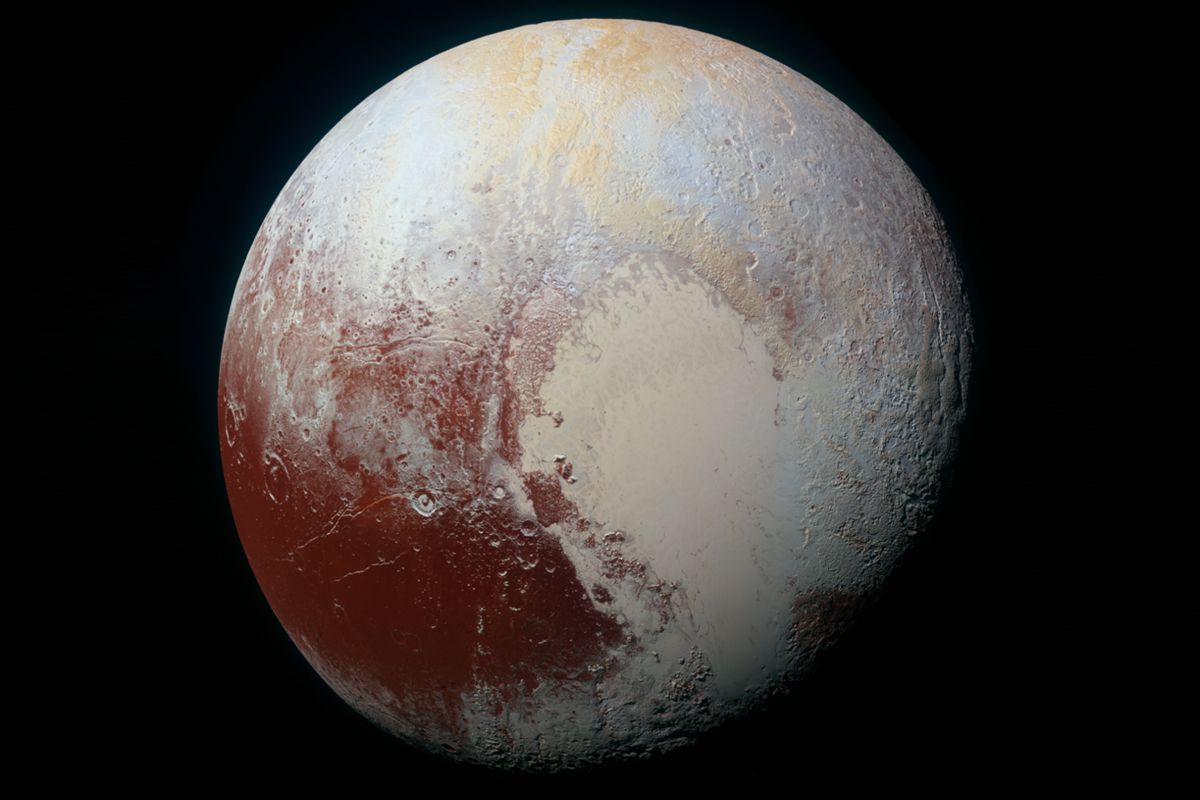To achieve interstellar travel, the Kline Directive instructs us to be bold, to explore what others have not, to seek what others will not, to change what others dare not. To extend the boundaries of our knowledge, to advocate new methods, techniques and research, to sponsor change not status quo, on 5 fronts, Legal Standing, Safety Awareness, Economic Viability, Theoretical-Empirical Relationships, and Technological Feasibility.
In this post I will explore Technological Feasibility. At the end of the day that is the only thing that matters. If a hypothesis is not able to vindicate itself with empirical evidence it will not become technologically feasible. If it is not technologically feasible then it stands no chance of becoming commercially viable.
If we examine historical land, air and space speed records, we can construct and estimate of velocities that future technologies can achieve, aka technology forecasting. See table below for some of the speed records.
A quick and dirty model derived from the data shows that we could achieve velocity of light c by 2151 or the late 2150s. See table below.
| Year |
Velocity (m/s) |
% of c |
| 2200 |
8,419,759,324 |
2808.5% |
| 2152 |
314,296,410 |
104.8% |
| 2150 |
274,057,112 |
91.4% |
| 2125 |
49,443,793 |
16.5% |
| 2118 |
30,610,299 |
10.2% |
| 2111 |
18,950,618 |
6.3% |
| 2100 |
8,920,362 |
3.0% |
| 2075 |
1,609,360 |
0.5% |
| 2050 |
290,351 |
0.1% |
| 2025 |
52,384 |
0.0% |
The extrapolation suggests that on our current rate of technological innovation we won’t achieve light speed until the late 2150s. The real problem is that we won’t achieve 0.1c until 2118! This is more than 100-years from today.
In my opinion this rate of innovation is too slow. Dr. David Neyland, of DARPA’s TTO was the driving force behind DARPA’s contribution to the 100-year Starship Study. When I met up with Dr. David Neyland during the first 100YSS conference, Sept. 30 to Oct 2, 2011, I told him “I’ll drop a zero”. That is I expect interstellar travel to be achievable in decades not centuries. And to ramp up our rate of technological innovation we need new theories and new methods of sifting through theories.
Previous post in the Kline Directive series.
—————————————————————————————————
Benjamin T Solomon is the author & principal investigator of the 12-year study into the theoretical & technological feasibility of gravitation modification, titled An Introduction to Gravity Modification, to achieve interstellar travel in our lifetimes. For more information visit iSETI LLC, Interstellar Space Exploration Technology Initiative.
Solomon is inviting all serious participants to his LinkedIn Group Interstellar Travel & Gravity Modification.
